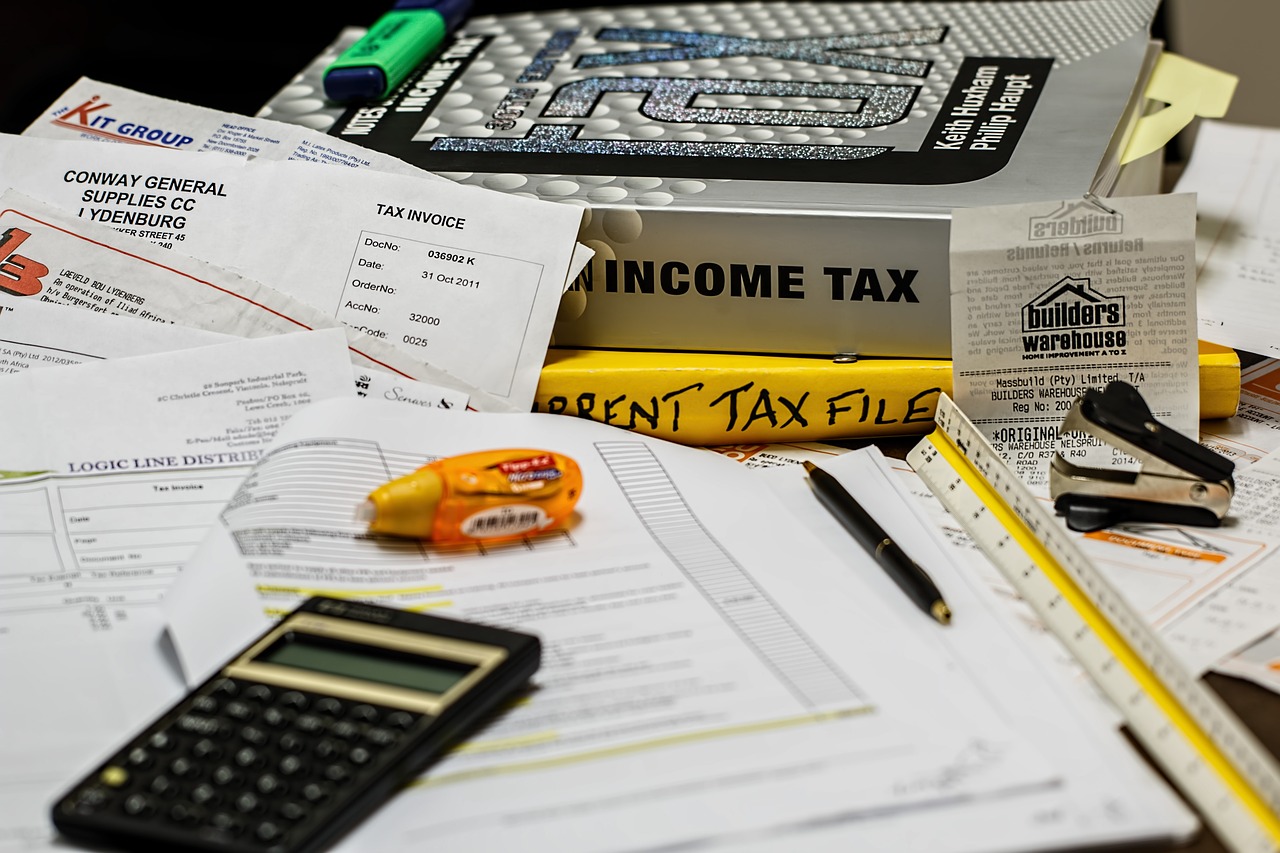Image Source
When you think of managing property taxes, do you picture piles of paperwork and annual tax returns? With Making Tax Digital (MTD) for Income Tax, that image is rapidly becoming outdated.
As part of the UK government’s digital transformation initiative, MTD is revolutionising how individuals, including landlords and property owners, manage their taxes. Under MTD, digital record-keeping and quarterly submissions via HMRC-recognised software will replace traditional methods.
This shift promises more streamlined compliance, reduced errors, and better visibility into your tax position throughout the year. Whether you own a single rental property or manage a growing portfolio, understanding this game-changing approach to tax management is crucial. In this guide, we’ll explain the preparation steps and how you can benefit from Making Tax Digital.
The Story of Making Tax Digital So Far
The Making Tax Digital initiative began as the UK government’s ambitious effort to modernise the tax system. It promised to make the UK’s tax administration one of the most digitally advanced in the world and make it easier for taxpayers to file their taxes correctly.
HM Revenue and Customs initially rolled it out in 2019 for VAT-registered businesses earning above £85,000 and further expanded it for all VAT-registered companies by April 2022.
MTD for Income Tax was set to launch in 2024, but the government pushed the dates forward to April 6th, 2026, to accommodate all the affected taxpayers. With the deadline fast approaching, the focus shifts to landlords and sole traders earning above £50,000 annually.
This evolution reflects HMRC’s commitment to fostering efficiency, transparency, and a more user-friendly tax process for all taxpayers. For landlords, it aims to reduce common errors in rental income reporting and improve compliance through digital record-keeping and online submissions.
Key Features of MTD for Income Tax
So, what should landlords and property owners expect from this new tax filing system? Making Tax Digital for Income Tax introduces several innovative features designed to modernise tax compliance for self-employed taxpayers. That said, here’s what you’ll need to do starting 6th April 2026:
- Keep Digital Records
You must maintain detailed, real-time digital records of your property income and expenses. For example, you’ll be expected to log rental income and costs like repairs, maintenance, and letting agent fees. MTD-compliant software like Xero can automate these processes and integrate them with bank feeds for seamless tracking.
- Send Quarterly Updates
From April 2026, you will submit quarterly summaries of your rental income and expenses to HMRC using compatible software. The deadlines for these updates are fixed:
- 7th August
- 7th November
- 7th February
- 7th May
Quarterly updates provide ongoing visibility of your tax position, enabling better financial planning.
- Submit a Final Declaration
You will replace your annual Self-Assessment with a final declaration at the end of the tax year. This submission confirms your updates are accurate, allows adjustments for personal income or reliefs, and calculates your total tax liability. Ensure this is submitted by 31st January following the tax year.
The Key Compliance Deadlines of MTD for Income Tax
HMRC has split the rollout of MTD for Income Tax to give landlords and businesses time to adjust. Your transition date depends on your annual rental income and other business earnings.
- If your rental and/or business income exceeds £50,000 annually, you must comply with MTD for Income Tax by 6th April 2026. This first phase will require landlords and self-employed individuals in this tax bracket to use HMRC-recognised software to submit quarterly updates on rental income, property expenses, and profits.
- If your income is between £30,000 and £50,000 annually, MTD for Income Tax will become mandatory on 6th April 2027.
What if your rental income is below £30,000 annually? You won’t need to comply with MTD just yet. However, HMRC is still considering how the system might apply to smaller landlords and businesses, so stay informed.
While the deadlines may seem far, starting your preparation as early as today is wise to avoid delays in your transition. Fortunately, HMRC allows taxpayers to sign up voluntarily and test the MTD system before it becomes mandatory. Take advantage of this opportunity to learn how it works and iron out any issues in your process.
How to Prepare for MTD for Income Tax
Preparing for MTD for Income Tax ensures a smooth transition to the new system, helping you stay compliant and organised. Here’s how you can start getting ready:
- Choose MTD-compatible software: Select HMRC-approved software to track income and expenses, and generate quarterly reports.
- Digitise your records: To comply with MTD requirements, move away from paper-based record-keeping as soon as possible and maintain all financial data digitally.
- Start submitting voluntary updates: Sign up for voluntary MTD submissions to familiarise yourself with the process and identify potential issues.
- Plan your finances: Ensure you have enough funds for quarterly submissions and tax liabilities, which will reduce financial stress down the road.
Taking these proactive steps will prepare you for MTD and simplify your tax filing experience.
Wrapping Up
Is your property business ready for the adoption of MTD for Income Tax? As the deadlines approach, staying ahead of the changes is essential for seamless compliance.
Landlords and property investors who embrace digital tools early will avoid penalties and benefit from easier tax management. Start by adopting MTD-compatible software, digitising your rental records, and familiarising yourself with quarterly reporting today. These steps will ensure you’re well-prepared when MTD becomes mandatory.
Please visit:
Our Sponsor
